All About Steaming
Steaming is one of those simple, go-to cooking techniques that can completely transform the way you prepare meals. It’s quick, clean, and works wonders for locking in flavor and nutrients.
Whether you’re cooking crisp vegetables, tender fish, fluffy dumplings, or even delicate desserts, steaming helps bring out the natural goodness in your ingredients, without drowning them in fat or heavy sauces. It’s perfect when you want a lighter dish that still feels satisfying.
Another bonus? You don’t need any fancy equipment. A basic steamer basket, a pot with a lid, or even a simple setup using a colander can get the job done.
And while many people think of steaming as just a health-conscious choice (which it is), it’s also a method that delivers on taste and texture. Steamed greens stay vibrant and crisp, fish turns silky and tender, and dumplings keep that perfect bite.
In this post, I’ll show you how to master the steaming technique, share tips for getting great results every time, and give you some tasty ideas to try. So grab your pot and let’s get the steam going—you’ll be surprised at just how easy (and delicious) this method can be!
Steaming is a moist heat cooking method. Although cooking occurs at a higher temperature than braising, stewing, or poaching, steaming is one of the most gentle cooking methods, as food is not agitated by bubbling liquid.
From our junior high science classes, we all know that steam is water converted to its vapor state at the boiling point. Since the boiling point of water is 212° F (100° C) at sea level, the highest temperature at which steam can cook food is 212°F/100°C.
You can increase this pressure somewhat by placing steam under pressure, but in the home kitchen, expect steaming to occur at or around the boiling point of water.
Ways to Steam Food
| Steaming Method | Description |
|---|---|
| Stovetop with Steamer Basket | Place a metal or bamboo basket over a pot of simmering water. The steam rises and cooks the food gently. Great for vegetables, dumplings, and fish. |
| Bamboo Steamer | Traditional method using stacked bamboo baskets over simmering water. Adds a subtle aroma and allows multiple layers of food to steam at once. Perfect for dim sum, buns, and delicate vegetables. |
| Electric Steamer | A countertop appliance designed for steaming. Adjustable timers and levels make it easy for consistent results with minimal attention. Ideal for batch cooking or multitasking. |
| Microwave Steaming | Use a microwave-safe dish with a lid or cover with plastic wrap, leaving a vent. Quick method for small portions of veggies or fish. |
| Steaming with Foil Packet | Wrap food in a foil packet with a splash of liquid, then bake or grill. Traps steam inside for flavorful, moist results. Great for fish and shellfish. |
| Oven Steaming (with pan of water) | Place a pan of hot water in the oven to create a steamy environment. Works well for bread baking or roasting with moisture. |
| Pressure Cooker/Instant Pot Steaming | Use the steam function with a trivet or basket. Very quick cooking under pressure. Perfect for dense veggies, fish, or even tamales. |
What to Steam
Since steaming is such a gentle cooking method, it is perfect for cooking delicate foods—most vegetables, white meat fowl, and fish are suitable for steaming. Other applications for steaming include Chinese dumplings and, by association, other stuffed pasta such as ravioli, and even biscuit-style dumplings and other bread-type doughs.
| Ingredient | Why It’s Great for Steaming | Steaming Time |
|---|---|---|
| Broccoli florets | Stays crisp-tender, preserves bright color and nutrients | 4–6 minutes |
| Asparagus | Becomes tender while keeping bright green and a slight crunch | 3–5 minutes |
| Bao buns | Fluffy, light texture with even cooking | 8–12 minutes |
| Carrots (sliced) | Retains natural sweetness and vibrant color | 5–7 minutes |
| Cauliflower florets | Softens without turning mushy, holds shape nicely | 5–7 minutes |
| Chicken breasts (thin) | Cooks through while staying juicy and lean | 8–12 minutes |
| Dumplings | Soft texture with a cooked-through filling, no oily residue | 8–12 minutes |
| Fish fillets | Turns moist, tender, and flaky without drying out | 6–10 minutes |
| Green beans | Maintains snap and vivid green color | 4–6 minutes |
| Potatoes (cubed) | Steams to a creamy, soft texture, great for mash or salads | 10–15 minutes |
| Rice | Soft and fluffy with distinct grains | 20–25 minutes |
| Shellfish (shrimp) | Steams evenly, locks in sweet, briny flavor | 3–5 minutes |
| Spinach or baby greens | Quickly wilts without losing color or nutrients | 1–2 minutes |
How to Steam
Steaming is a very straightforward procedure.
- Pour some water into the bottom of your lidded cooking vessel (wok, pot, etc.)
- Place food to be steamed in a steamer basket/insert/improvised steamer
- Put the insert into the pan, cover, and let the water come to a boil over medium heat.
Most vegetables can be steamed once the water is boiling in five minutes or less. However, don’t steam vegetables for longer than seven or eight minutes, or they will lose their vibrant color.
Meat and fish steam in 3-10 minutes, depending on the size and thickness of the food. Since steaming occurs at 212°F/100°C and a suitable poaching temperature is 140°F-170°F, it takes less time to steam meat than it does to poach it.
Steaming in the Microwave
Since the microwave cooks by exciting water molecules and doesn’t brown food, it is natural for steaming. For example, I steam vegetables in the microwave by sprinkling some water or broth onto raw, seasoned vegetables, covering them tightly with a Microwave-safe plastic wrap, cutting a couple of slits, and microwaving them on high for 3-5 minutes.
The results: perfectly steamed, crisp-tender vegetables.
Since microwaves are suitable for steaming foods, many microwave steamers are available on the market.
In researching this article, I found some information indicating a degraded nutritional value in foods steamed in a microwave versus foods steamed in a traditional steamer. However, the FDA has deemed foods cooked by microwave safe for human consumption, so use your best judgment.
How to Steam Food
Ingredients
- 1 quart chicken stock homemade or canned is fine
- 1 cup white wine
- ¼ cup lemon juice
- 1 onion chopped
- 1 celery rib chopped
- 1 carrot chopped
- 10 peppercorns
- 2 bay leaves
- 3 parsley sprigs
- 2 sprigs of thyme
Instructions
- Since salt does not evaporate, there is no need to add salt to this mixture if you are only using it for a steaming liquid.
- Combine all ingredients in a saucepan and bring to a simmer. Use as much or as little of this liquid as you need to fill your steaming vessel by about ¾-1 inch.
Adding Extra Flavor
Because steaming is a healthy way to cook doesn’t mean it must be bland. There are many ways of adding extra flavor to steamed food during cooking. You can add extra flavor to your food by adding complementary herbs and spices to your cooking liquid.
Further up the flavor by substituting stock, fruit juice, or wine for water. The additional flavors will permeate the food as the steam cooks them.
| Flavor Booster | How to Use It |
|---|---|
| Aromatics in Water | Add slices of ginger, garlic, lemongrass, or shallots to the steaming water. As the steam rises, it infuses subtle flavor into the food. Great for fish, seafood, and veggies. |
| Herbs in Water | Add sprigs of thyme, rosemary, dill, or bay leaves to the steaming water. The fragrant steam adds a delicate herbal note. Perfect for poultry, fish, or potatoes. |
| Wine or Stock | Replace some or all of the steaming water with white wine, chicken stock, seafood stock, or vegetable broth. Adds depth and complexity, especially for seafood or chicken. |
| Citrus Peels | Toss lemon, lime, or orange peel into the steaming water for a bright, zesty aroma. Works beautifully with fish, shrimp, and asparagus. |
| Herbs/Spices on Food | Season the food directly with salt, pepper, spice blends, or fresh herbs before steaming. Helps the seasoning penetrate while cooking. |
| Marinade Before Steaming | Marinate food (especially fish, tofu, chicken) in soy sauce, miso, citrus juice, or spices for 20–30 minutes before steaming. Adds bold flavor throughout. |
| Layer over Aromatics | Line the steamer basket with herb sprigs (like dill or cilantro), or lettuce/cabbage leaves, then place the food on top. Gently perfumes the food. |
| Finish with Sauce | After steaming, drizzle with olive oil, soy sauce, sesame oil, vinaigrette, or compound butter to boost flavor just before serving. |
Popular Steamed Dishes
| Dish | Description | Wine Pairing |
|---|---|---|
| Steamed Whole Fish (Chinese style) | Whole fish steamed with ginger, scallions, soy, and sesame oil. Moist and delicate. | Riesling (off-dry) or Sauvignon Blanc |
| Steamed Dumplings (Dim Sum) | Delicate wrappers filled with pork, shrimp, or vegetables. Light, savory, and satisfying. | Sparkling wine or Grüner Veltliner |
| Steamed Mussels | Mussels steamed with garlic, herbs, and white wine. Briny, tender, and aromatic. | Muscadet or Albariño |
| Steamed Bao Buns | Soft, fluffy buns often filled with pork, chicken, or vegetables. | Off-dry Gewürztraminer or Rosé |
| Steamed Vegetables (mixed) | Vibrant, crisp-tender vegetables—classic side or main for light eating. | Sauvignon Blanc or Vermentino |
| Steamed Clams with Garlic & Wine | Sweet clams steamed with garlic, parsley, and white wine. | Pinot Grigio or Sancerre |
| Steamed Lobster | Lobster steamed to tender perfection, served with butter or lemon. | Chardonnay (lightly oaked) |
| Steamed Chicken with Ginger & Scallion | Chicken steamed with aromatics for juicy, clean flavors. Often served with dipping sauce. | Chenin Blanc or light Pinot Noir |
| Steamed Tofu with Soy & Garlic | Silky tofu steamed with soy, garlic, and sesame oil. Light, umami-rich dish. | Dry Riesling or Sauvignon Blanc |
| Steamed Couscous (Moroccan) | Fluffy couscous steamed over broth with spices. Often part of a larger spiced dish. | Grenache Blanc or Viognier |
Steaming History
As a cooking method, steaming was used as far back as the Paleolithic Period. Evidence has been found that the Aurignacian people of southern France, considered the first “modern” humans in Europe, cooked foods by wrapping them in wet leaves, a steaming method still used today (think tamales).
While steaming is not a method that is very prevalent in Western kitchens, many cultures rely heavily on steaming—China, India, and many North African countries come to mind. So I started wondering: Why this stark contrast between cultures that cook with steam and those that do not?
The most viable notion to explain this is that steaming requires little energy because it can be done with a relatively small amount of liquid; in countries where both fuels for fires and water are hard to come by, steaming enabled people to cook a lot of food relative to fuel and water, allowing them to make the most of their resources.
Health Benefits
Aside from being a “frugal” cooking method, steaming is also a very healthy cooking method. First, since food is cooked by direct contact between steam (conduction) and the movement of the hot vapor through the food (convection), no fat is needed to conduct the heat. Often, just a squirt of lemon juice is all you need to add to a steamed dish.
This makes steaming a lower-calorie, low-fat cooking method. Food stays moist, too, since it is bathed in water vapor. Also, since water-soluble nutrients (namely Vitamins C and B) don’t leach out into vapor, steaming preserves up to 50% more nutrients than other moist heat cooking methods.
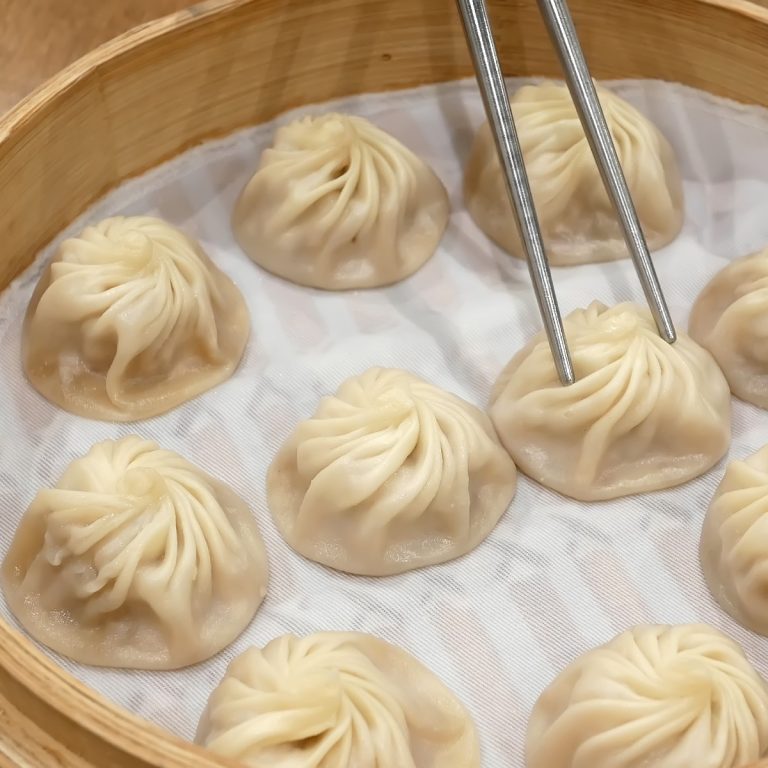
Steaming Gear
Although there are a lot of steamers available made of everything from bamboo to plastic, steaming requires no specialized equipment.
You can improvise a steamer by placing a roasting rack in the bottom of a large pot for more significant foods, such as pieces of meat or fish. If the cooking liquid does not touch the food, you’ll be steaming quickly.
You can use an inexpensive steamer insert for smaller foods, such as cut vegetables that would fall through a roasting rack. You’ve seen these – the diameter adjusts to fit whatever pot you put it in. You can improvise this insert by using a metal colander set in a large pot.
Bamboo steamers are meant to be stacked on top of each other, allowing you to steam 2, 3, or even four different dishes simultaneously. This is possible because flavors are not transferred between dishes since the flavor stays in each food instead of leaching out into the liquid.
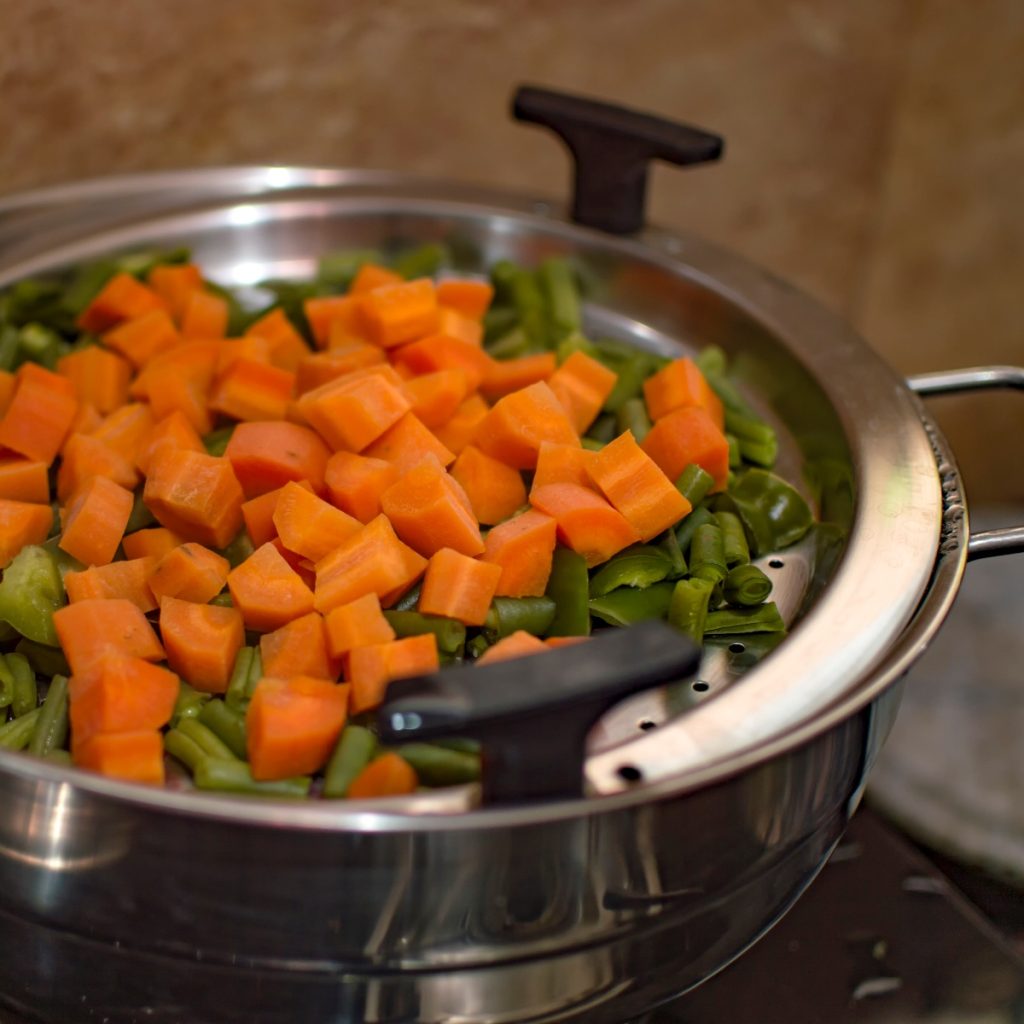

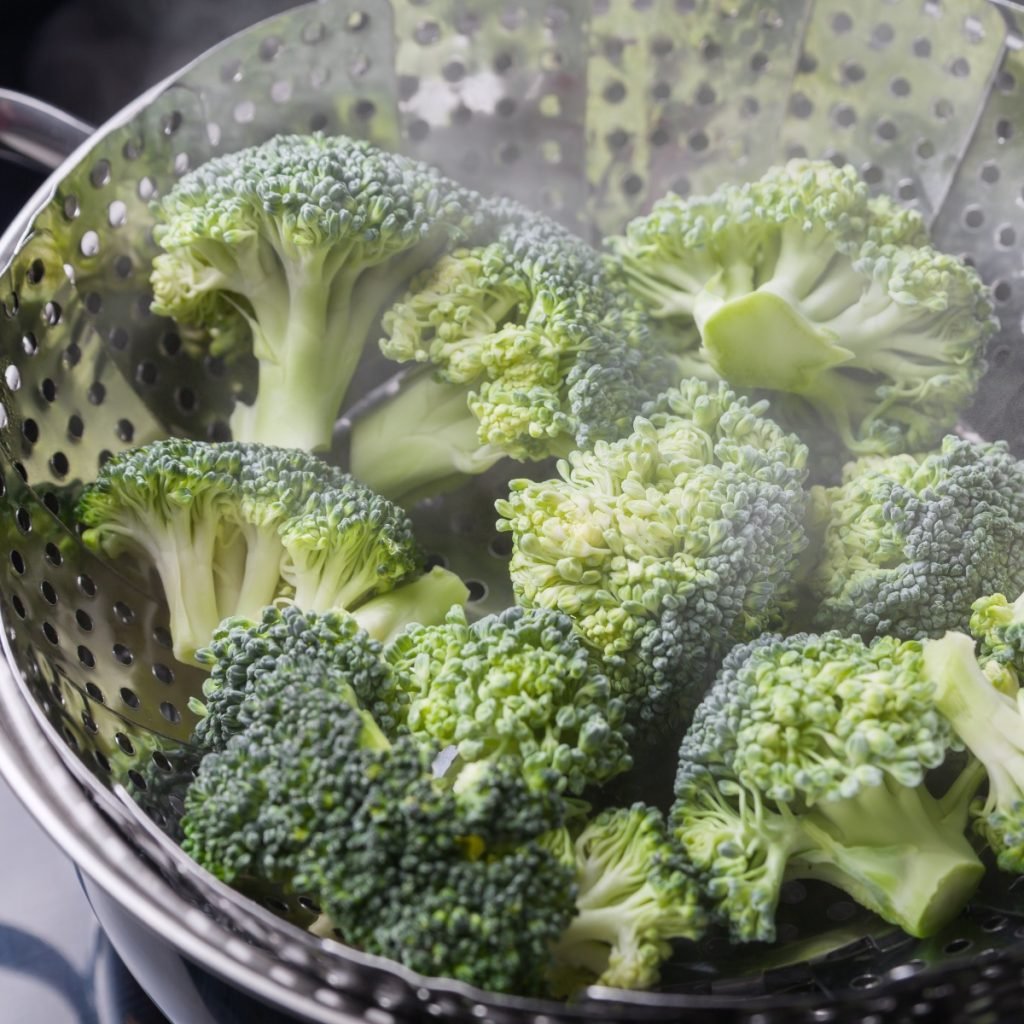
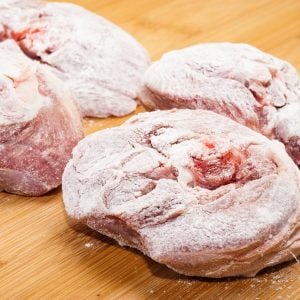
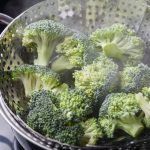
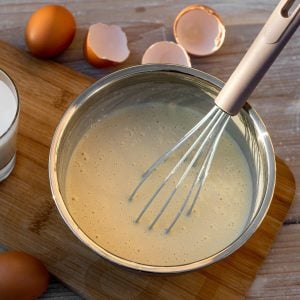
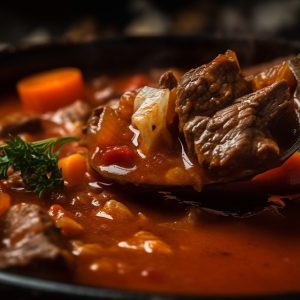
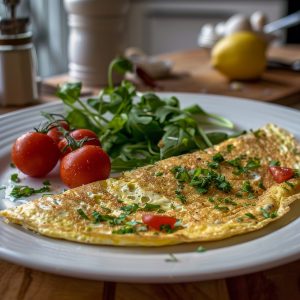
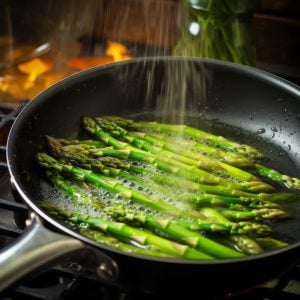
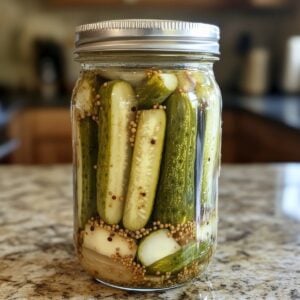

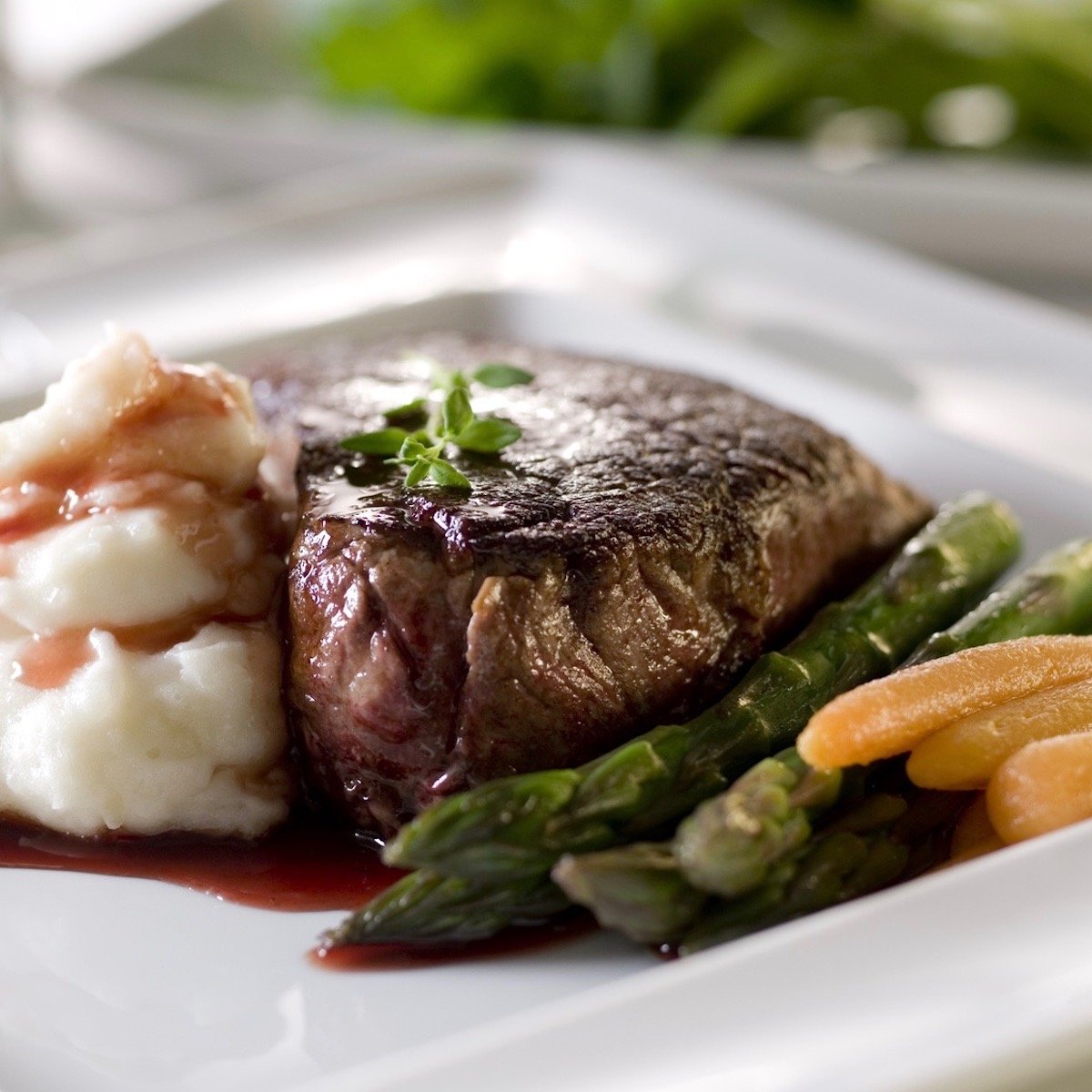


16 Responses
I love your site!!! Clear and straight-forward instructions, advice and suggestions!
I am interested in steaming Salmon. If frozen, would it have to be thawed before steaming?
P.S. Thought I might add some lemon or lime slices plus dill to the steaming liquid. What do you think?
Thanks Jamise. I personally would thaw frozen salmon before steaming and adding some lemon or lime slices to the steaming liquid is a great idea.
As an Indian living abroad, I find it ridiculous that the brilliance of pressure steam cookers are not exploited more.
It’s not only a healthy and delicate way of cooking, it’s also perfect for the ‘reluctant gourmets’ because it speeds everything up 10 times!
Tavish, I don’t know what happened to my pressure cooker but I made many soups and sauces in it when I lived in New York. I think some people get a little nervous with pressure cookers but they are made so well today, I can’t imagine someone having a problem with one.
Can you steam a whole chicken, and if you can, how would the cooking time be calculated? thanks, barry
Barry, I would season the whole chicken, then sear it in the pressure cooker for extra flavor. Add broth, onions, garlic, and herbs, then cook on high pressure for about 25-30 minutes. Let the pressure release naturally, check for doneness, and broil for crispy skin optionally. Rest before carving.
Yes, you can. Can’t remember how long it takes as I have not done it in 20 years! My Grandma used to do this… for a small chicken. I would imaging about an hour. You won’t need a thermometer as you will know its cooked when it collapses/falls apart. Stick some herbs or lemon in the center of the chicken. Grandma cooked mainly with steam…I remember 4 and 5 steamers on the pot!
your site is wonderful, thanks. I wonder what temperature the foodstuff and the soup can hit when steaming soup inside a closed container.
Hi P Chan, thanks for your message but unfortunately, I do not have an answer for you. I am not an “expert” so I would be reluctant to give you advice as to what is safe and what isn’t. Sorry I could not be of more help.
Hi
Can you steam beef? Like diced beef I’ve done it with fondue But I’m new to steaming and not sure. Thanks
Yes J, you can steam beef. A popular way to cook beef in Asian cuisine. And it’s very healthy because you are not cooking in any fat.
What is the advantage/disadvantage/consequences of covering for streaming unit with a lid?
Covering a steamer basket with a lid has benefits and drawbacks, depending on what you’re steaming and how you want it to cook.
Advantages:
Faster Cooking – Traps heat and steam, cooking food more quickly and evenly.
Retains Moisture & Nutrients – Helps preserve the natural moisture and nutrients in food.
More Intense Steam Circulation – Ensures food is fully exposed to steam for even cooking.
Disadvantages:
Potential Overcooking – Trapped steam can make delicate foods (like veggies) too soft if left too long.
Condensation Dripping – Water droplets from the lid can fall onto the food, making it soggy.
Limited Evaporation – Some foods (like dumplings) benefit from controlled moisture release for texture.
How long would you recommend steaming cookie dough (flour, eggs, banana, and a little sugar)? Thanks very much!
Steaming cookie dough with flour, eggs, banana, and sugar would create a soft, cake-like texture rather than a traditional cookie. I’d recommend steaming for 10-15 minutes over medium heat, depending on the size of the dough portions.
Yes, you can steam a room temperature 3lb chicken in 26 to 30 mins (water is already boiling.)